
A cookieless era is coming: how advertisers can adapt
- Author: Christina Gaydova
Third-party cookies that have always been fundamental for digital advertising will no longer exist. Over the years, various regulations and Internet companies around the world have implemented tighter data protection policies to secure users’ personal data privacy on the Internet. In January 2020, Google announced that over the next two years, it will phase out third-party cookies in Chrome, joining Apple Safari and Mozilla Firefox who have already completely blocked them.
The Main Issue With Third-party Cookies
To start, let’s have a quick look at the definition of cookies. A cookie is a small text file stored on a web browser that contains data about a user’s browsing behavior. It was created as a solution to the problem of collecting information while a person is surfing the net – from remembering login details to knowing their favorite pages. Third-party cookies help advertisers to track users’ visits and activities on the web for further targeting and ad success measurement. Obviously, it is a necessity for digital advertising but may be a vulnerability to the users’ privacy.
There have always been concerns about advertisers leveraging individuals’ data with the help of third-party cookies. Internet users demand privacy and find it quite invasive that their browsing activity data is used without their consent by companies they don’t even know. Privacy laws like GDPR and CCPA want to be sure that users’ personal data tracking is happening with their permission and with transparency. By phasing out third-party cookies, Google intends to give individuals more privacy, security, and control of how their private information is used on the Internet. While Google Chrome is the biggest browser and makes up more than half of the global market share, brands should definitely think about other ways for further targeting, tracking, and measurement.

According to Statista
Losing Third-party Cookies Means Discovering New Cookieless Solutions
As a cookieless future is coming, advertisers are searching for alternatives to continue audience tracking, targeting, and advertising efficiency measurements. Here are the ways in which brands can prepare and adapt to perform even without third-party cookies.
Maximizing on the First-Party Data
Though the third-party cookies are being phased out, brands can still leverage the first-party data from their website, CRM, and in-app data. It helps to use more relevant individuals’ information who have already shown interest in the product. So, advertisers can establish more personalized and sophisticated interactions with users. Consumers value personalized ads and are loyal to brands that provide customized content.
Moreover, advertisers can implement a Customer Data Platform. It’s a high-level marketing tool that allows marketers to collect first-party data from multiple channels in real-time and organize it to have a complete view of each customer. Those players who enter into relationships with publishers and know their audience will be better positioned than others.
Authenticated Targeting
Authenticated targeting works by getting a precise permission from the individuals to use their data. Actually, it seems similar to the third-party cookies approach. But the main thing is the addition of the precise permission from the Internet user. As the user agrees that the website can collect data about him, he also agrees that third-parties that have placed their pixels on the website can also record his information.
However, there is an obstacle. When the person logs onto the particular website, this data can’t be ported around the web for tracking. So, ad tech companies announced that they are working on a solution to the problem. For example, the “Unified ID” technology allows sharing the same user ID among all websites within the ecosystem. But there is also another approach that is called “ID resolution”. It means that rather than providing an individual with a single ID, there will be a database created of all the various data points about one user that are bound together.
Contextual Targeting
Contextual targeting can also be an effective solution for advertisers in the cookieless future. It leverages non-personal information that is based on where and what content users view rather than who they particularly are. That means advertisers match their ads to the relevant sites with relevant content to their product or service. For example, if the person is reading about new Nike sneakers, then he might be interested in sports, healthy lifestyle, or sporting goods. So, advertisers can assume that ads about sports clothes may be also useful and relevant to the user.
Of course, contextual targeting cannot wholly replace cookies. Contextual targeting will allow advertising companies to determine the interests of the user without individual identification. General categories of attractions, such as music genre, will be taken into account, but data on the history of visits to specific sites will remain unaffected. However, this is anyway better for marketers than no information at all.
Using Ad Channels and Datasets that Don’t Rely on Cookies
Advertisers should also pay attention to the channels and datasets that have never used third-party cookies. Connected TV, mobile in-app, DOOH, OTT, and programmatic audio rely on non-cookie identifiers for targeting and measurement. Also, marketers can depend on data such as weather, location, and temporal data as well as on trends around current situations and events. Marketers can use all of these for targeting and creating customized ads even without leveraging third-party cookies or users’ personal data.
Universal ID\PII
One of the solutions to replace cookies and save data about users is universal ID. They are intended to be used by publishers, advertisers, and ad technology providers in place of third-party cookies. Most solutions either associate third-party cookies with a username, such as via email or fingerprinting, to generate a likely ID.
There are two potential options for how a universal ID works: each user will have one number for a specific set of sites or create databases to store different user IDs. It doesn’t matter whether cooperation with one or more ID providers is on the cards. The main criterion for selecting a provider is data protection, which must be guaranteed from publishers, advertisers, and users’ perspectives. Consequently, obtaining explicit user consent is an absolute requirement for the creation and ongoing use of an ID.
Google’s Privacy Sandbox
Google, in turn, offered its development of an alternative to cookies — Google’s Privacy Sandbox. It is a way to reduce inappropriate tracking while still allowing ad targeting in the Google Chrome browser and allows you to select relevant content for users and track conversions more accurately.
Google’s Privacy Sandbox includes:
- Interest-based targeting
- Retargeting
- Conversion measurement
- A range of other privacy-preserving proposals (limiting the number of identifiers)
How does it work?
It replaces cookies with five APIs. Advertisers will use each API to get aggregated data on issues such as conversions (how well their ads are performing) and attribution (which property counts for, say, a purchase). The Privacy Sandbox is an alternative path that Google offers to the ad industry by relying on anonymous signals (non-cookies) in a person’s Chrome browser to benefit from that user’s browsing habits.
FLoC
Since the main reason for refusing cookies is user privacy, this is regulated by FLoC. FLoC is federated cohort learning, which, according to Google, is a privacy-focused advertising technology. With FLoC, Chrome will track users’ browsing habits on different web pages and then place them in different audiences or “cohorts” based on the data. Advertisers will then target their ads to specific cohorts rather than individual users.
The conclusion is that although cookies are being canceled, Google will still collect information about users, but in a more anonymous way and with the full consent of the users who use its browser. Also, Google will continue to provide targeted advertising to the user. Google claims that businesses can get almost the exact ROI on advertising from FLoC as they can with cookie-based tracking.
So, it is not easy, but in the long term, losing a cookie will lead our industry to move to a more privacy-first, customer-centric, and more sustainable on the whole ad buying model. The most viable strategy is to gain user trust by tuning on deterministic data collected from the source.
Read also
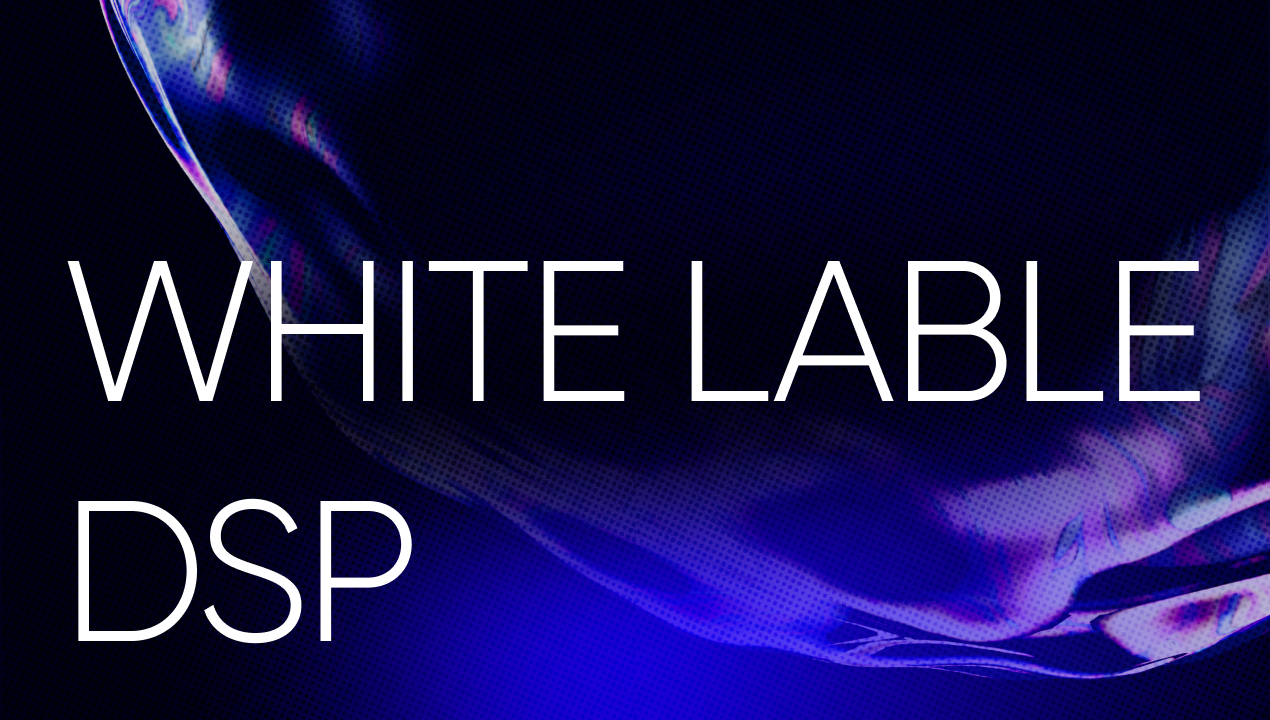



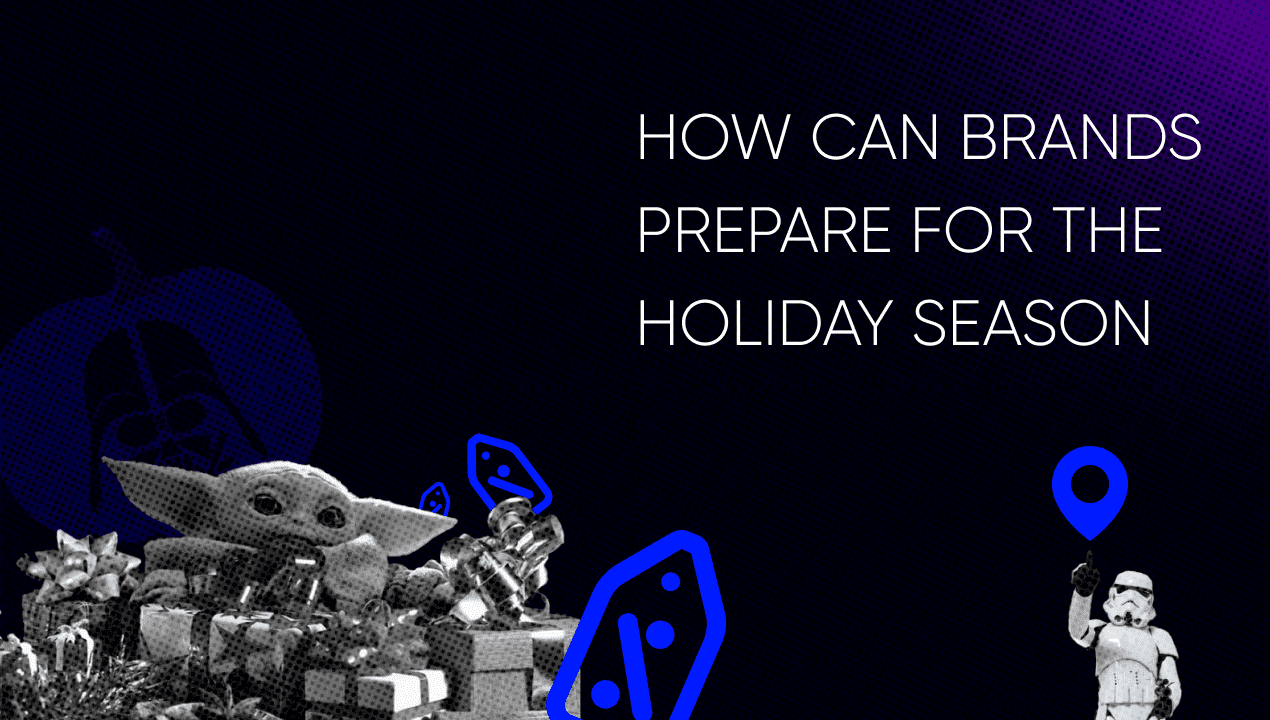





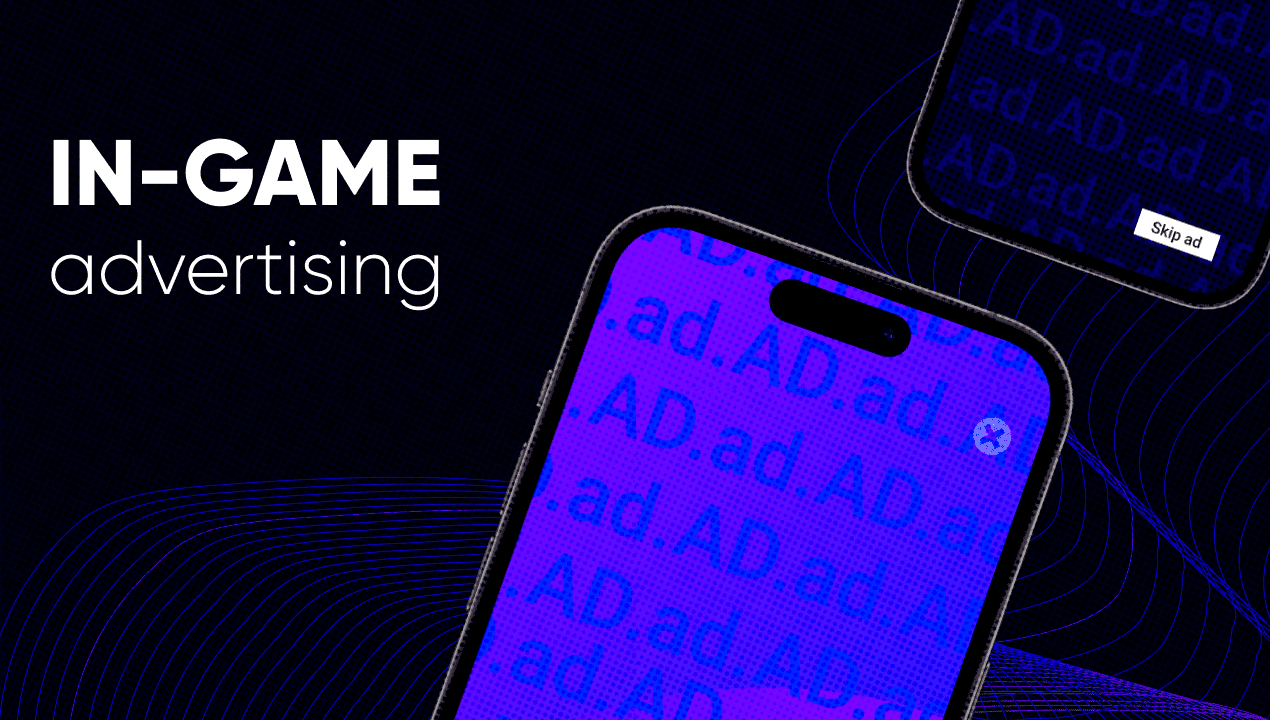
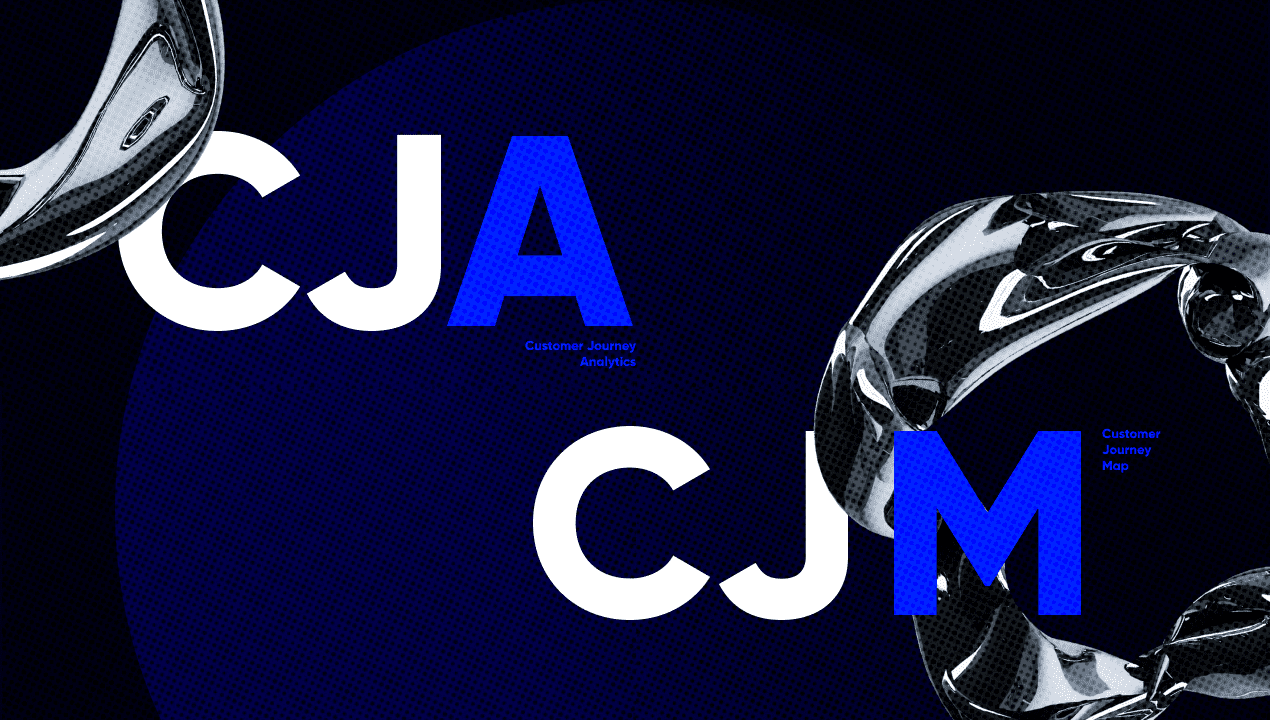
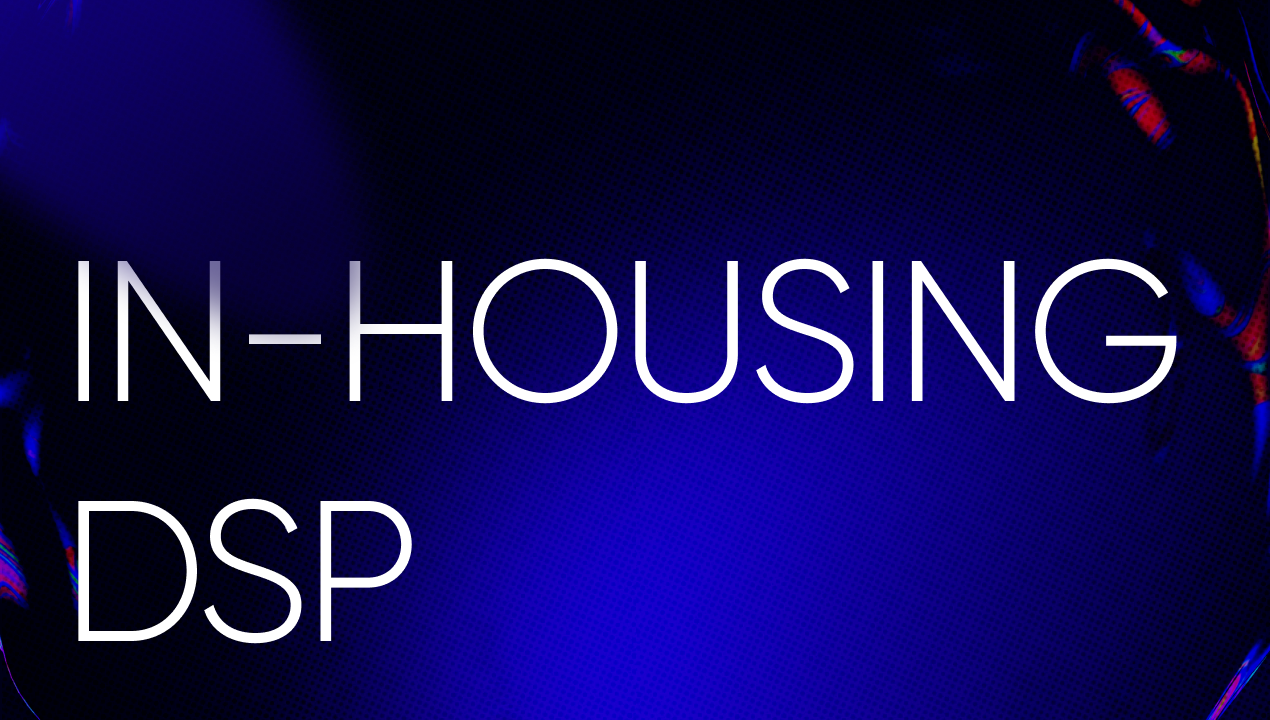

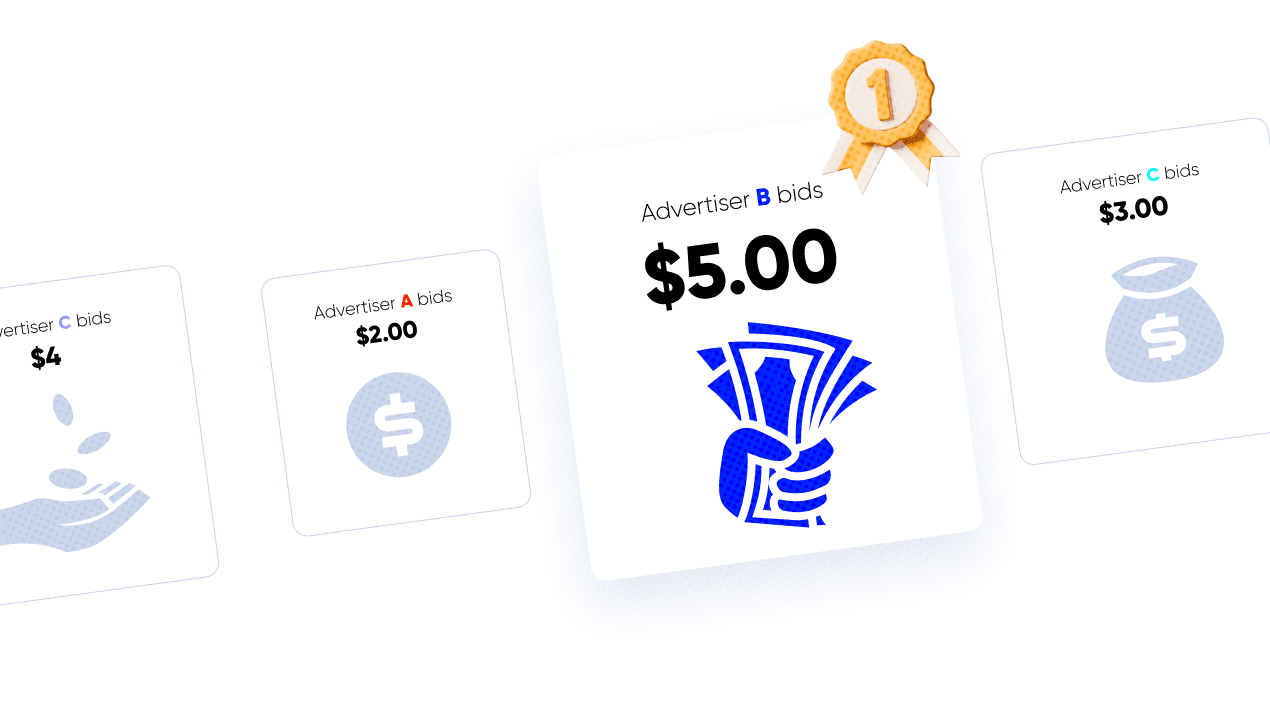




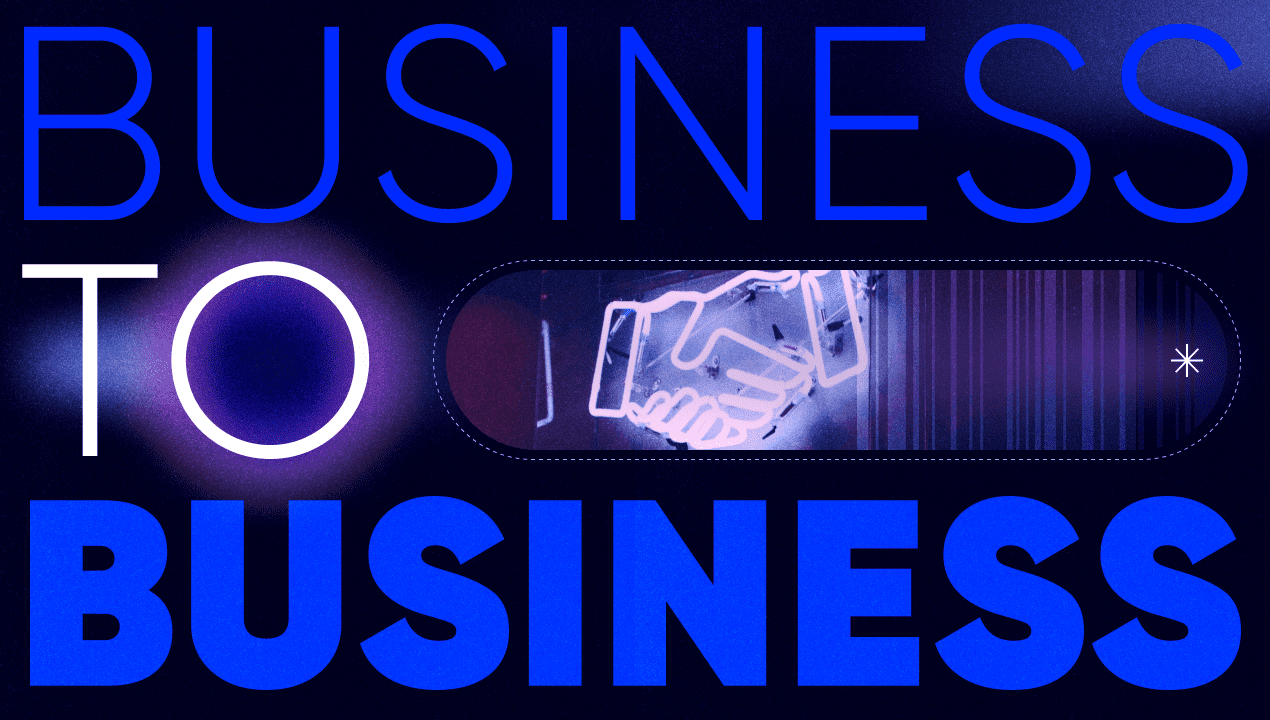


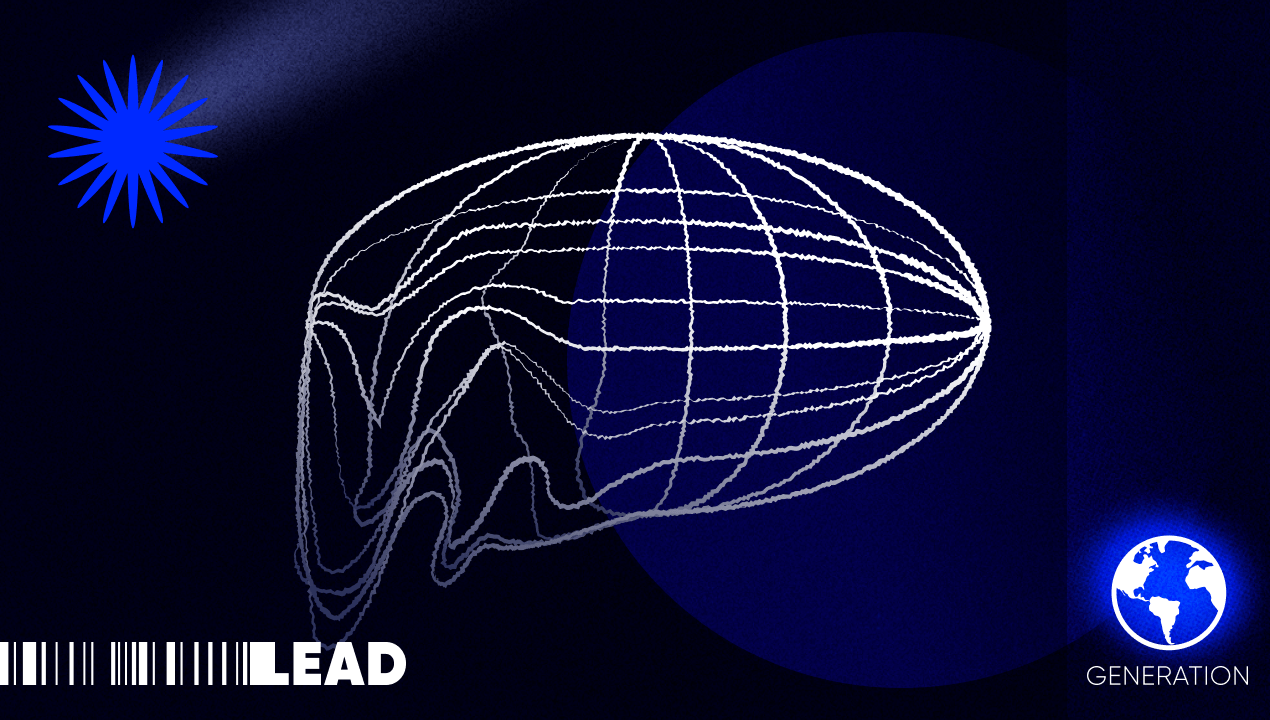


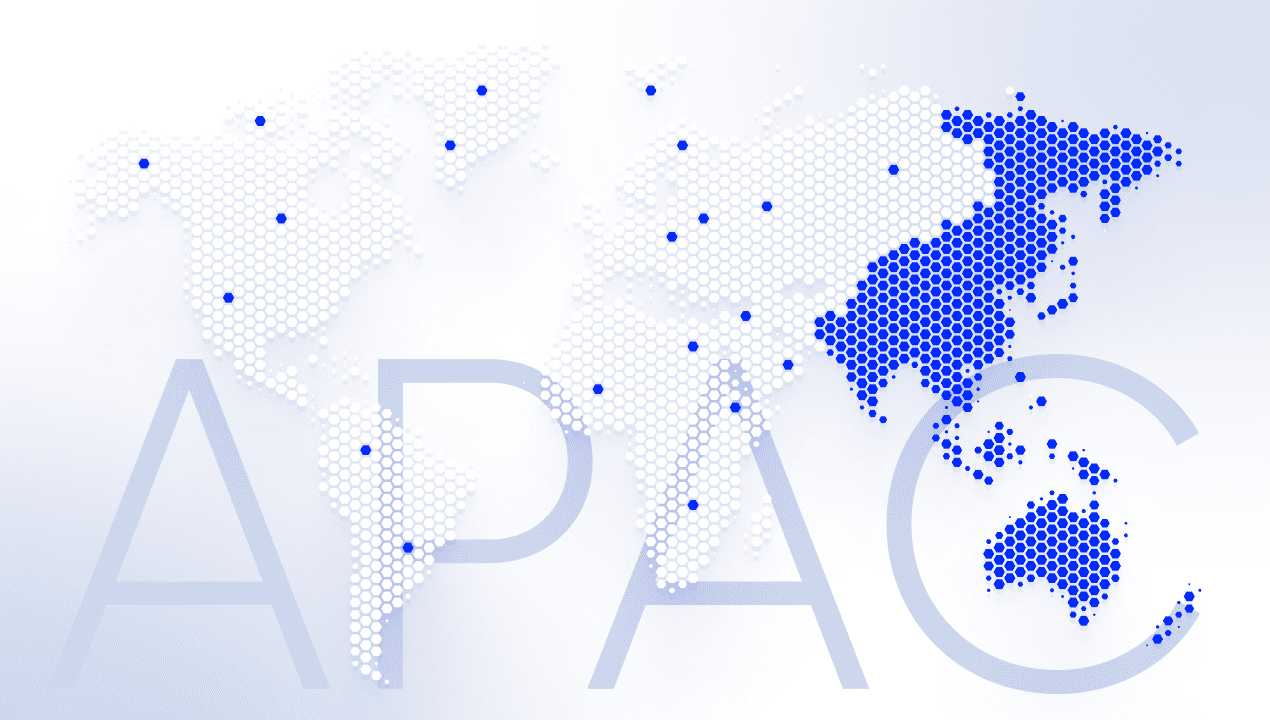



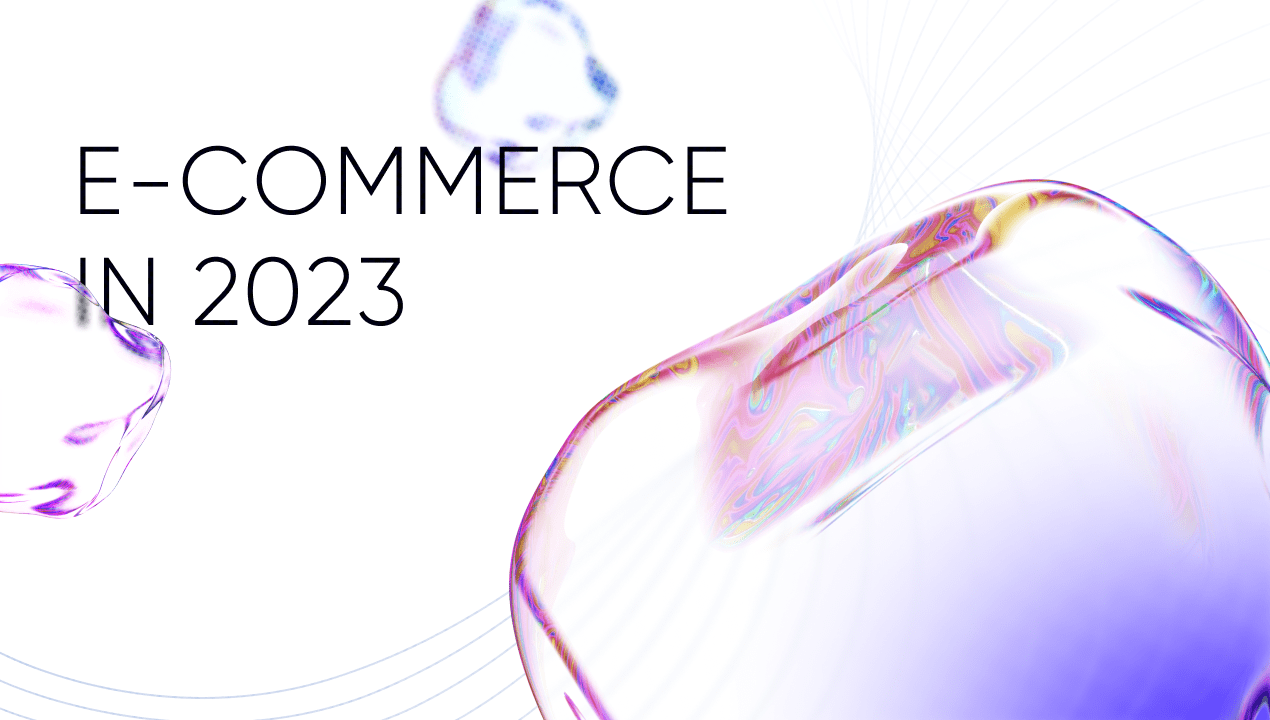



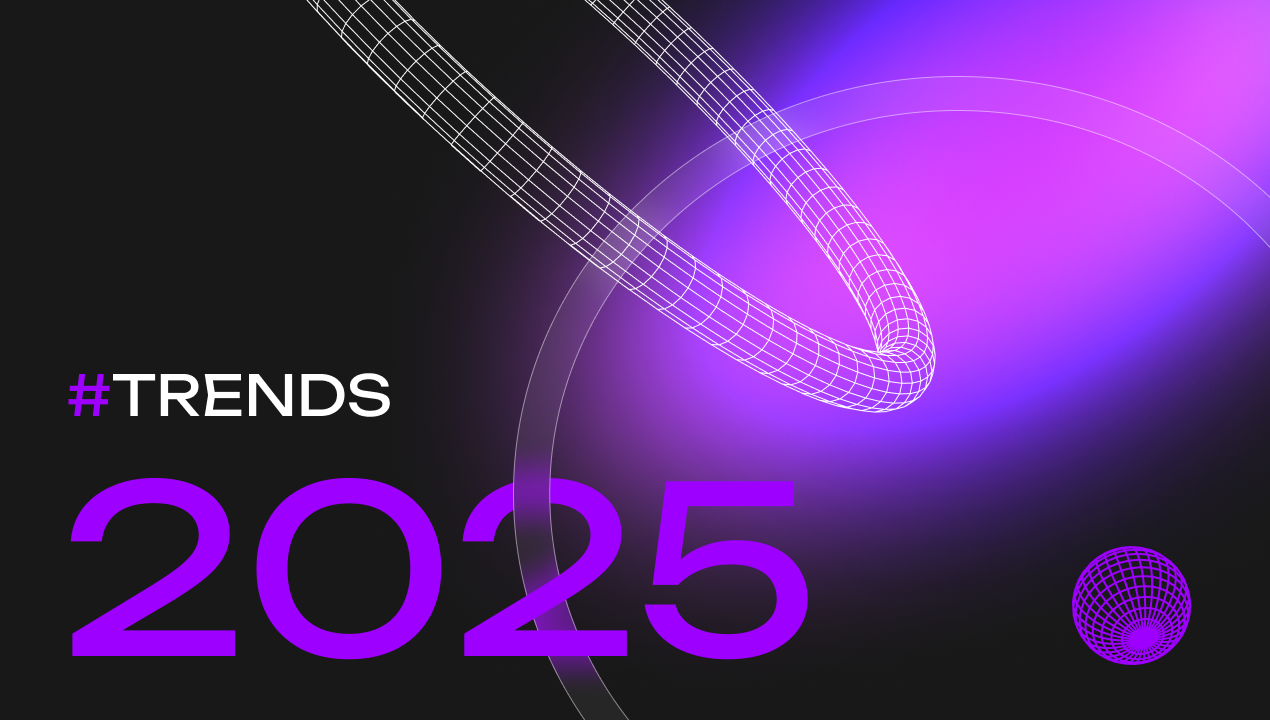







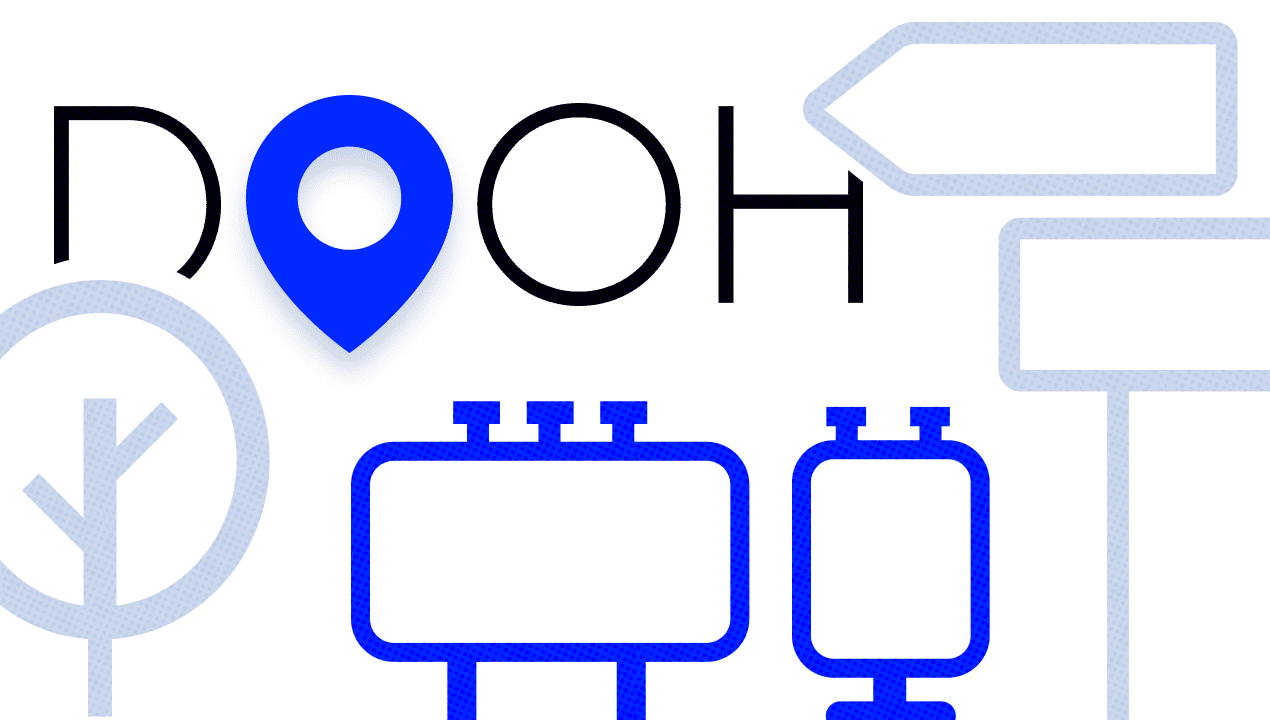

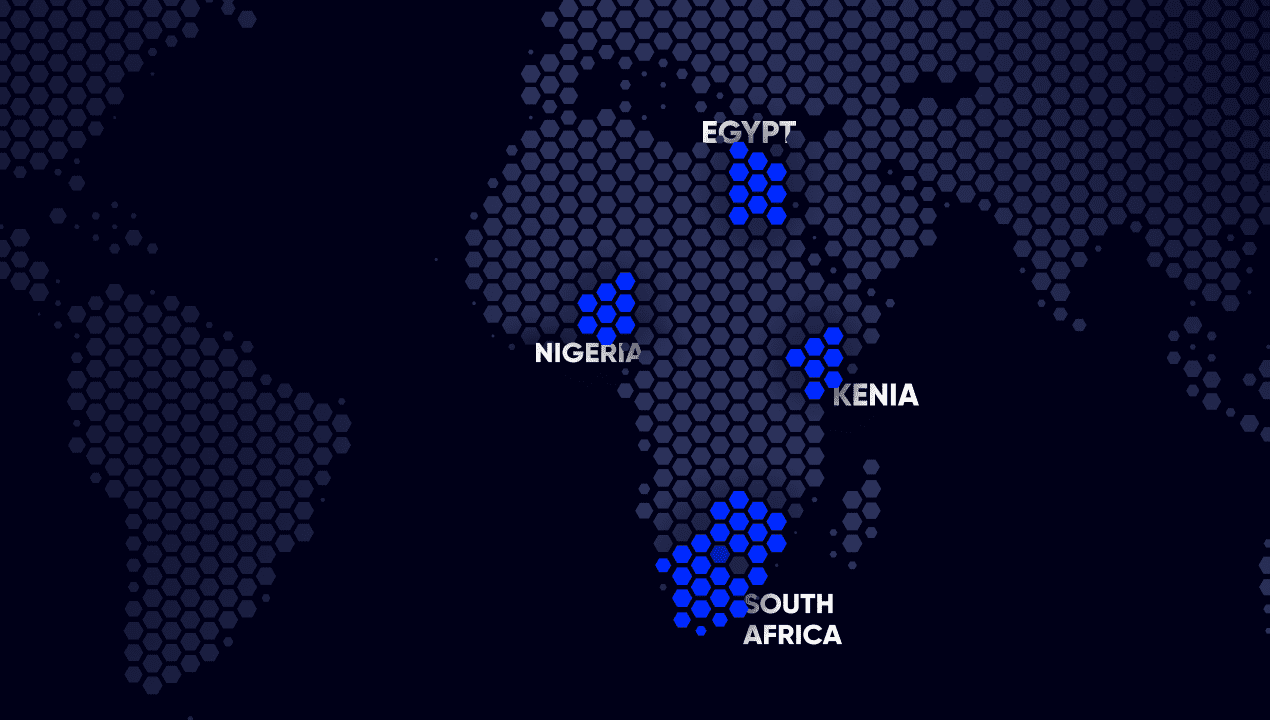


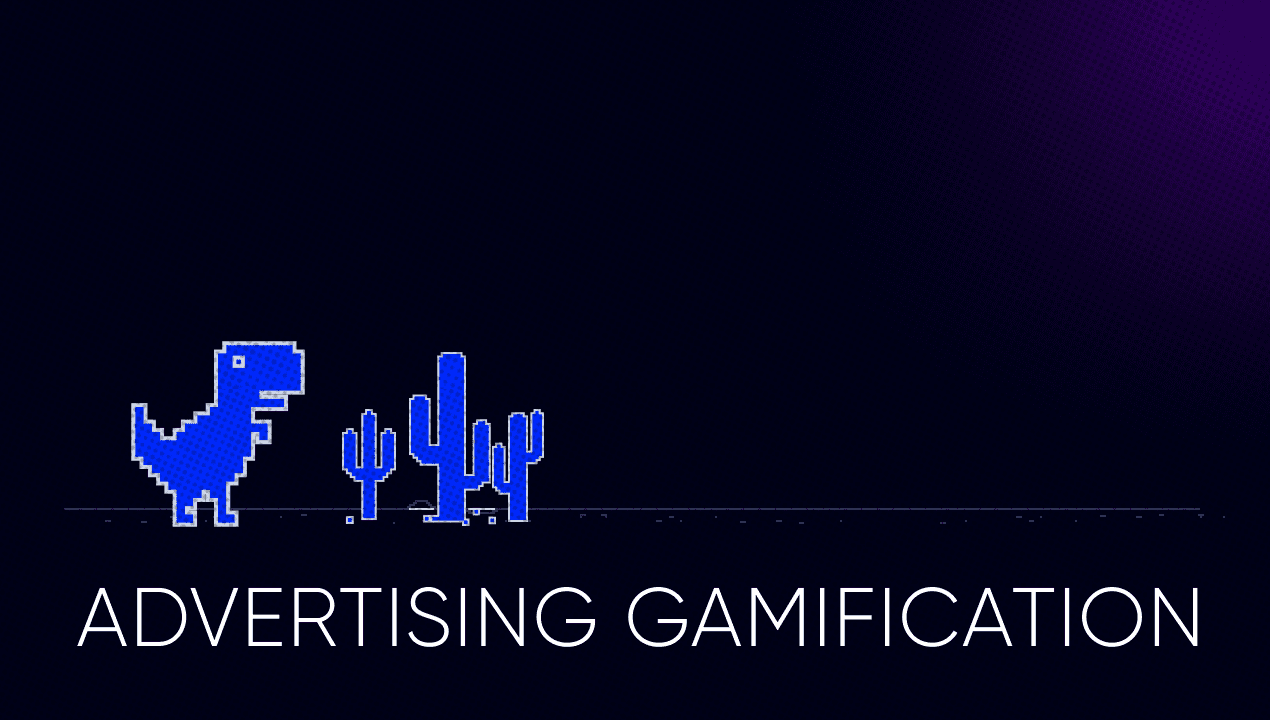

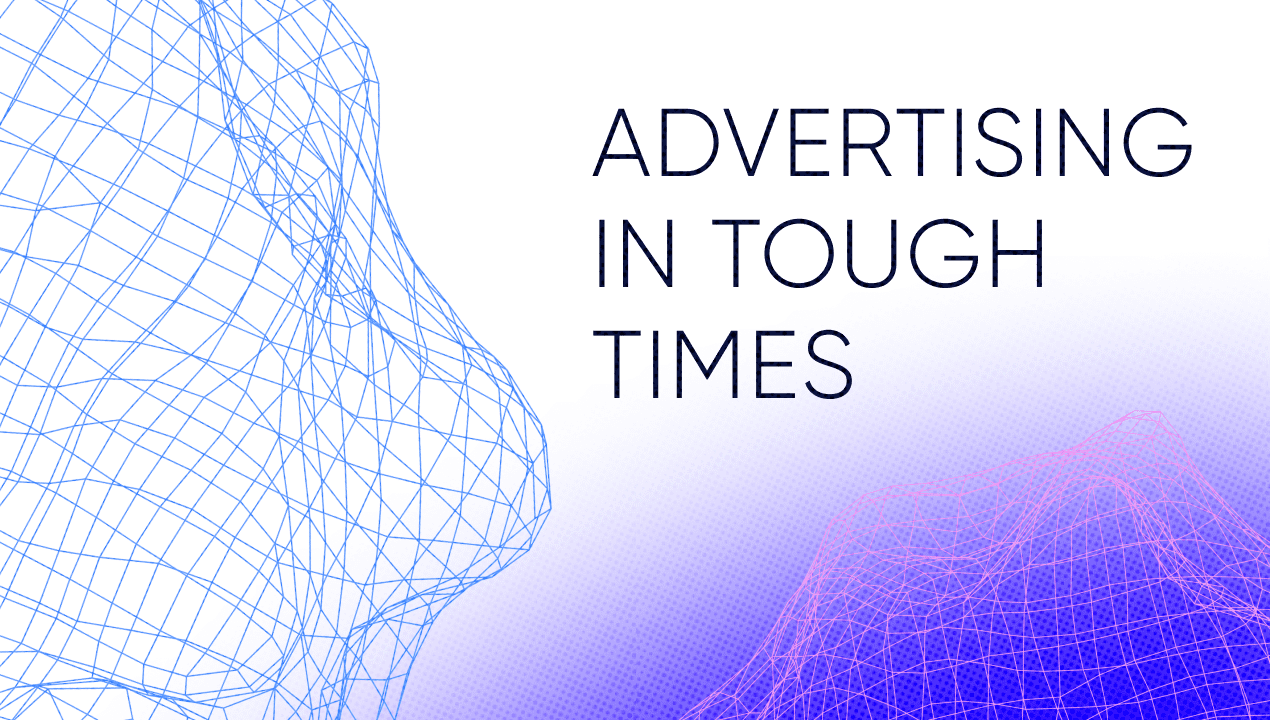

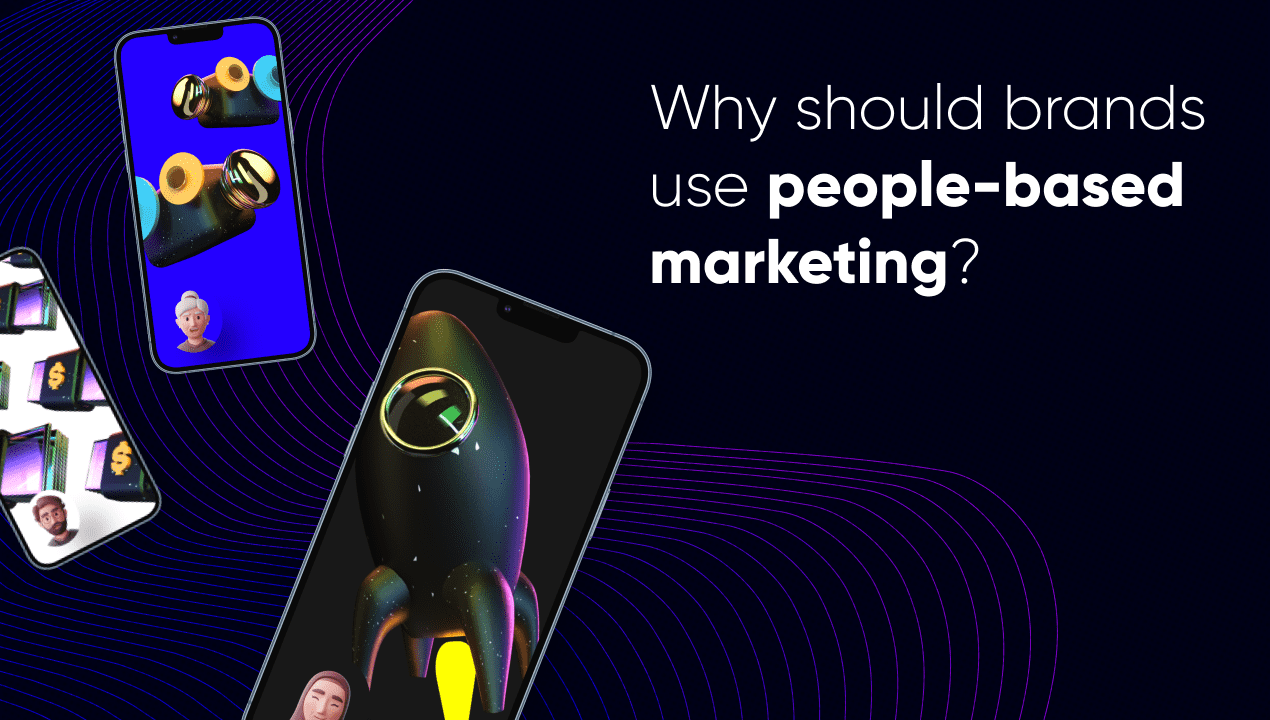


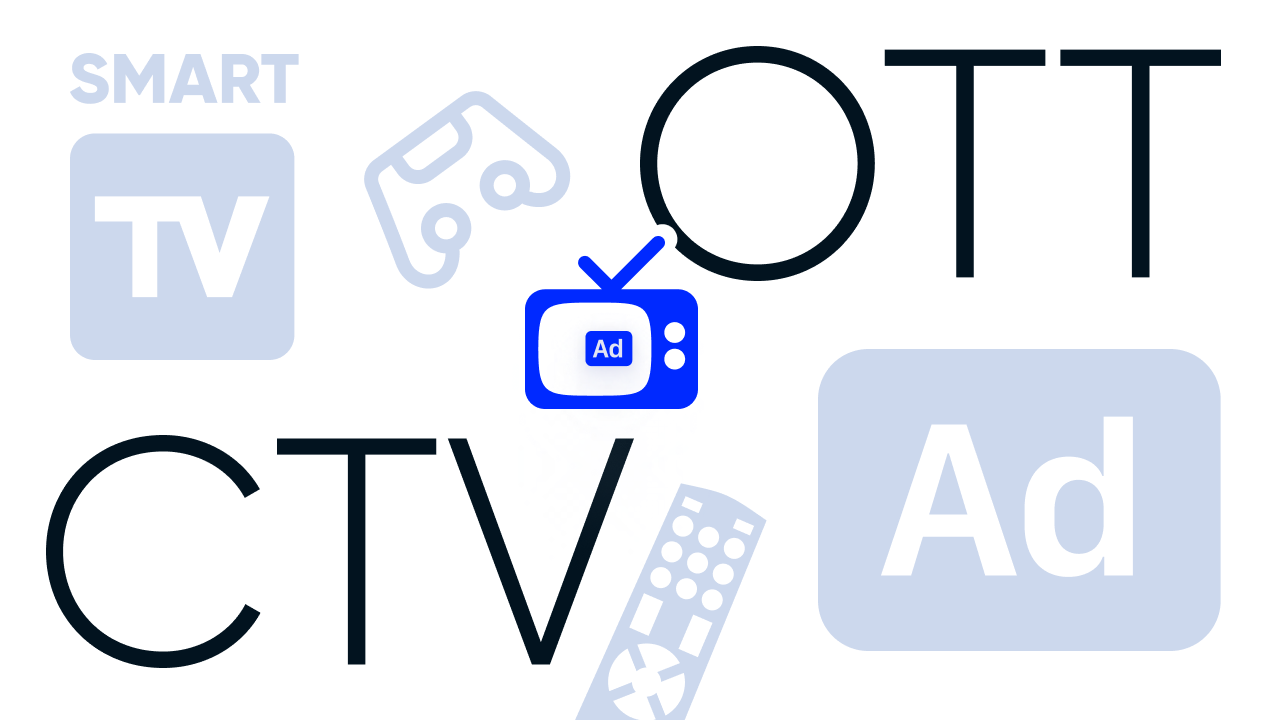





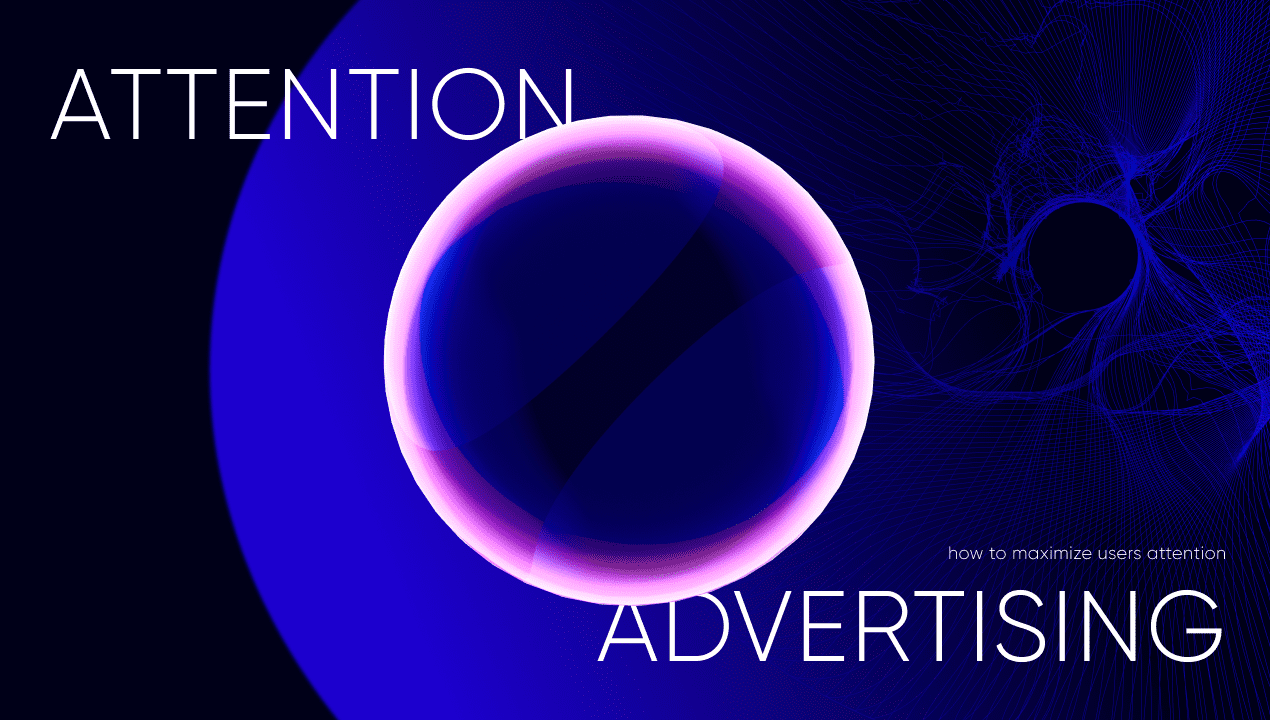
Read also



























































